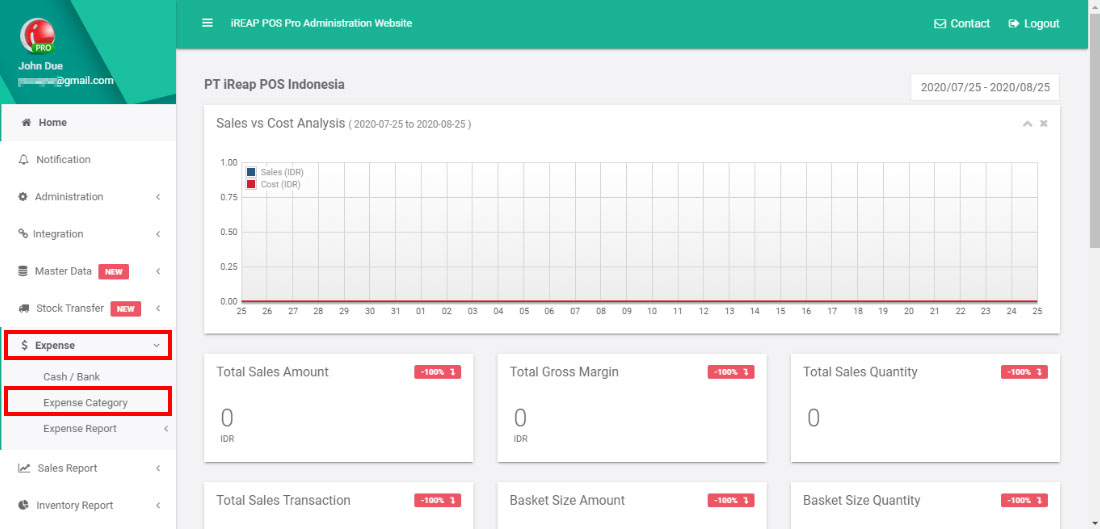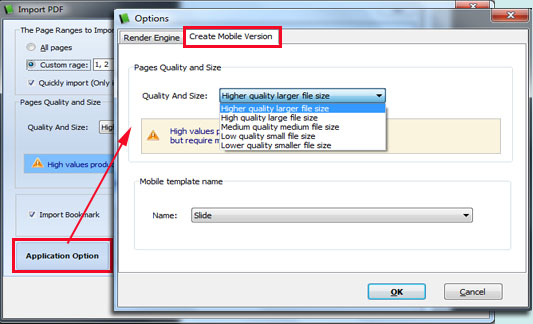

- #MOBILE SOFTWARE CATEGORIES INSTALL#
- #MOBILE SOFTWARE CATEGORIES FULL#
- #MOBILE SOFTWARE CATEGORIES ANDROID#
- #MOBILE SOFTWARE CATEGORIES CODE#
#MOBILE SOFTWARE CATEGORIES CODE#
To obtain native performance while also reusing as much of the code as possible across platforms, React Native, NativeScript, Xamarin, etc. In fact, if your app is targeted at only a specific platform such as iOS, then going native is a sensible approach.
#MOBILE SOFTWARE CATEGORIES FULL#
If your app involves heavy graphics such as in gaming, requires full access to device capabilities, or full control of the UI, then native apps will offer these. If you want your app to reach a broad audience across platforms, then either a mobile web app or hybrid app must be preferred. For each platform, you would need a different skill set. Source: Trigger 2018.ĭevelopers skilled in native platforms are difficult to find and costly. How should I choose the right platform for my next mobile app?Ī decision tree to choose the right type of mobile app.A larger community means that you can find third-party packages and UI components. NET background will find Xamarin easier to adopt. React Native and TypeScript are based on JavaScript and therefore easier for web developers. Just-in-time compilation is not possible for iOS on both React Native and Xamarin. For example, React Native is free but Xamarin is free, subject to terms and conditions of Visual Studio Community Edition. You may also want to look at availability, compilation, development environment, programming language/platform and community support. Hybrid apps can be distributed directly but they lose the benefits of app store discovery. Native apps are typically distributed through app stores. Codebase of hybrid apps is easier to maintain at lower cost and can be ported to another platform more easily.

For example, native platforms give full access to device features and better performance. Some metrics include development cost, performance, distribution, monetization, device features and their accessibility, user interface, code portability, and maintenance.
#MOBILE SOFTWARE CATEGORIES INSTALL#
There's no need to install anything from app stores. Business logic is on the server and only a single codebase needs to be maintained. Typically, these are web apps with responsive design so that they display well on smaller devices as well.
#MOBILE SOFTWARE CATEGORIES ANDROID#
Examples are iOS (Swift or Objective-C), Android (Kotlin or Java), Windows Phone (C#. Code cannot be reused for other platforms. The platform's ecosystem, such as an app store, helps in distributing the app. It's therefore performant and has full access to device capabilities. Native: App is developed for a specific platform using the platform's native APIs.

There are three broad types of mobile apps:


 0 kommentar(er)
0 kommentar(er)
